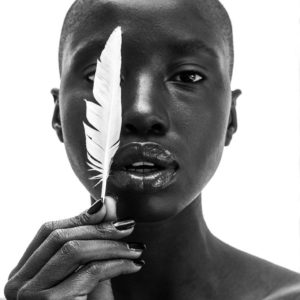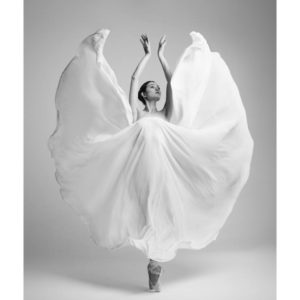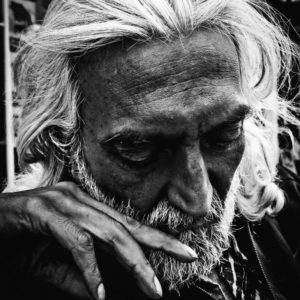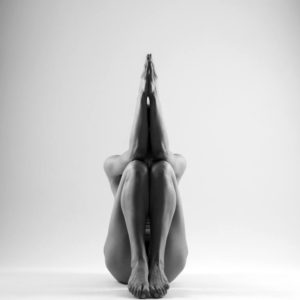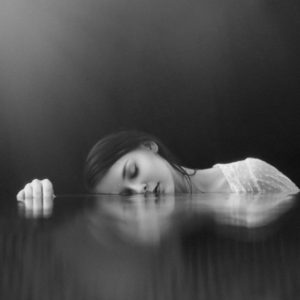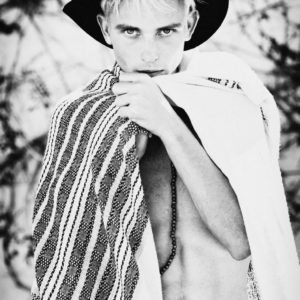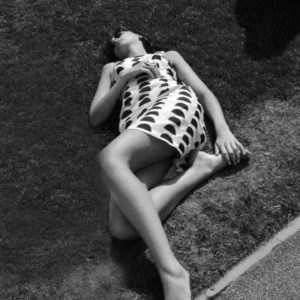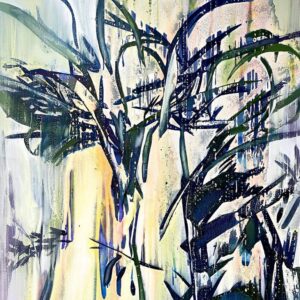Art History 101
The Distinct Art of Richard Avedon’s Portraits
“A portrait is not a likeness. The moment an emotion or fact is transformed into a photograph it is no longer a fact but an opinion. There is no such thing as inaccuracy in a photograph. All photographs are accurate. None of them are truth.” –Richard Avedon, In the American West
Richard Avedon was born in New York in 1923, and ushered forth a new and distinct style of photography, distinguished by minimalism, emotion, movement, and spontaneity. His portraits explore the relationship between sitter and photographer, and the dichotomy between the sitter’s displayed emotions and those hidden—only allowing the portraitist a glimpse of their entire self. The imagination of the sitter struggles against that of the photographer, engaging in conflict up until the shutter clicks.
Avedon recognized this tension, explored it, and mastered a technique, which produces portraits that exhibit layers of exposed feeling. Avedon’s ability to capture a moment in time as well as a formal image, uniting natural impulse with calculated restraint, is the hallmark of his work. His images encase a feeling that almost can’t be put into words, an unexplainable sense that the viewer is given a look at a private moment of sensuous exposure. His influence over photography is undeniable, and to do it justice is to understand the immense skill and consideration given to it in realizing his vision.
Photography took on a different aesthetic vision in the post-war years, characterized by an embrace of the accidental, moments of spontaneity, and an obsession with corporeality. Framing and composition also became a focal point, which Avedon experimented with in his stark and stripped down portraits. He expertly contrasted the dark against the light, placing his subjects against blank studio backdrops with no soft light or props, stripping them of their usual context and emotional walls.
Avedon made studio portraits of various characters from radical 1960s America: politicians, Civil Rights protestors, Vietnam protestors, as well as artists and actors. He used framing in a way that presented the subject’s face as almost anatomical data; he was interested in the qualities and conditions of the face. Those captured through his lens were vulnerable to his way of exposing those things that they were not conscious of trying to hide, producing a palpably humanist effect. His portrait of artist Marcel Duchamp, taken in 1958, includes the instrument by which he created extraordinary works of art—his hands.
Image: BBC World News on Avedon’s In the American West
Considered to be his magnum opus, Avedon’s In the American West series displays his unique aesthetic and renown vision. The series documents everyday workers he encountered while traveling throughout the American West: miners, coal workers, cowboys, and more. Avedon photographed each individual as they were, often dirty or in soiled clothing marked by a day’s work. This masterful collection of portraits exemplified the bigger aim of Avedon’s photographs, expressing the notion that images cannot be separated from the viewer’s subjective point of view. The portraits explore the relationship between art and mass media, giving a voice to those unsung and underrepresented.
Check out our collection of black and white photography that draws inspiration from Avedon’s style.
Love reading about all things art? You can have articles from Canvas, curated collections, and stories about emerging artists delivered straight to your inbox. Sign up for the Saatchi Art Newsletter.

